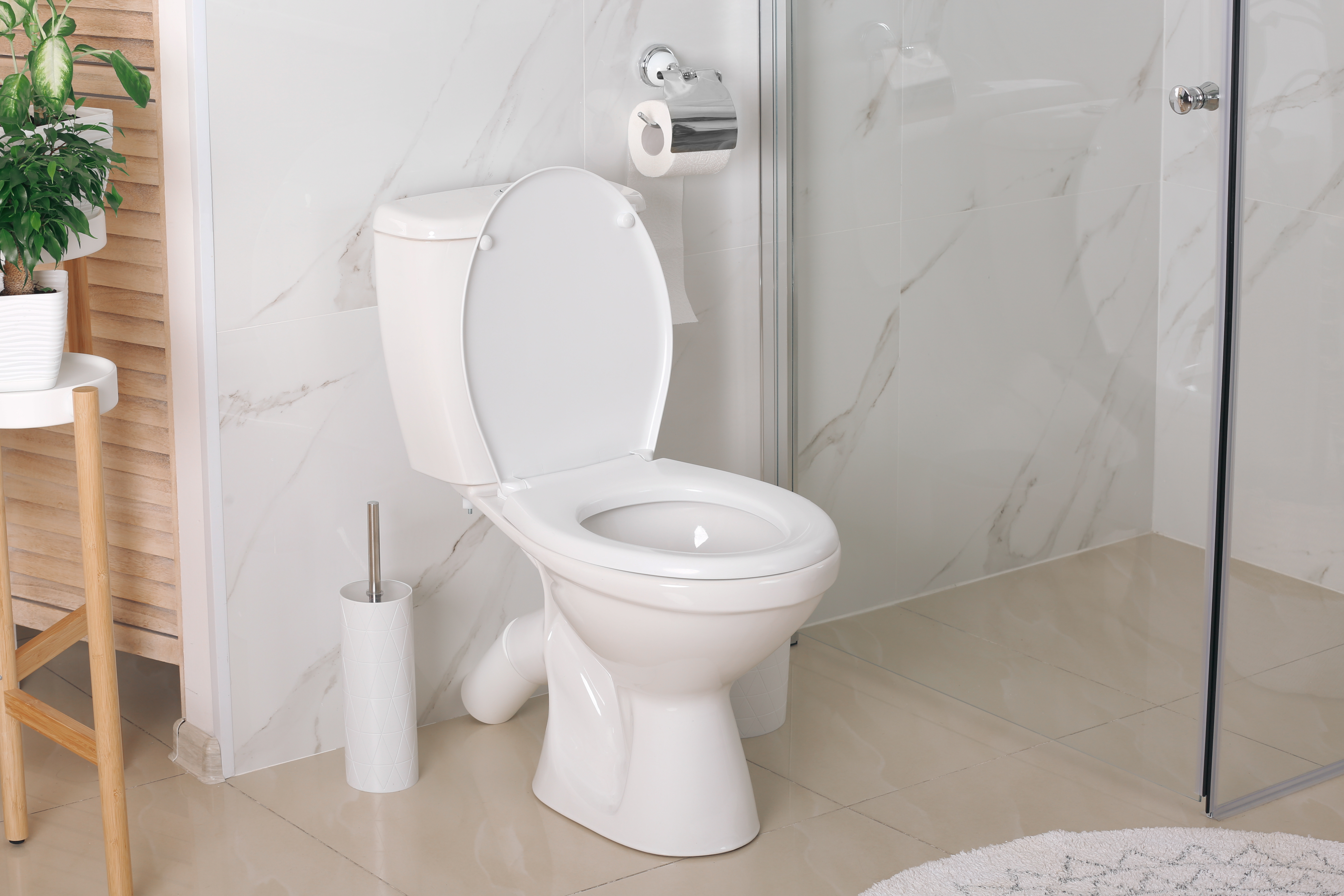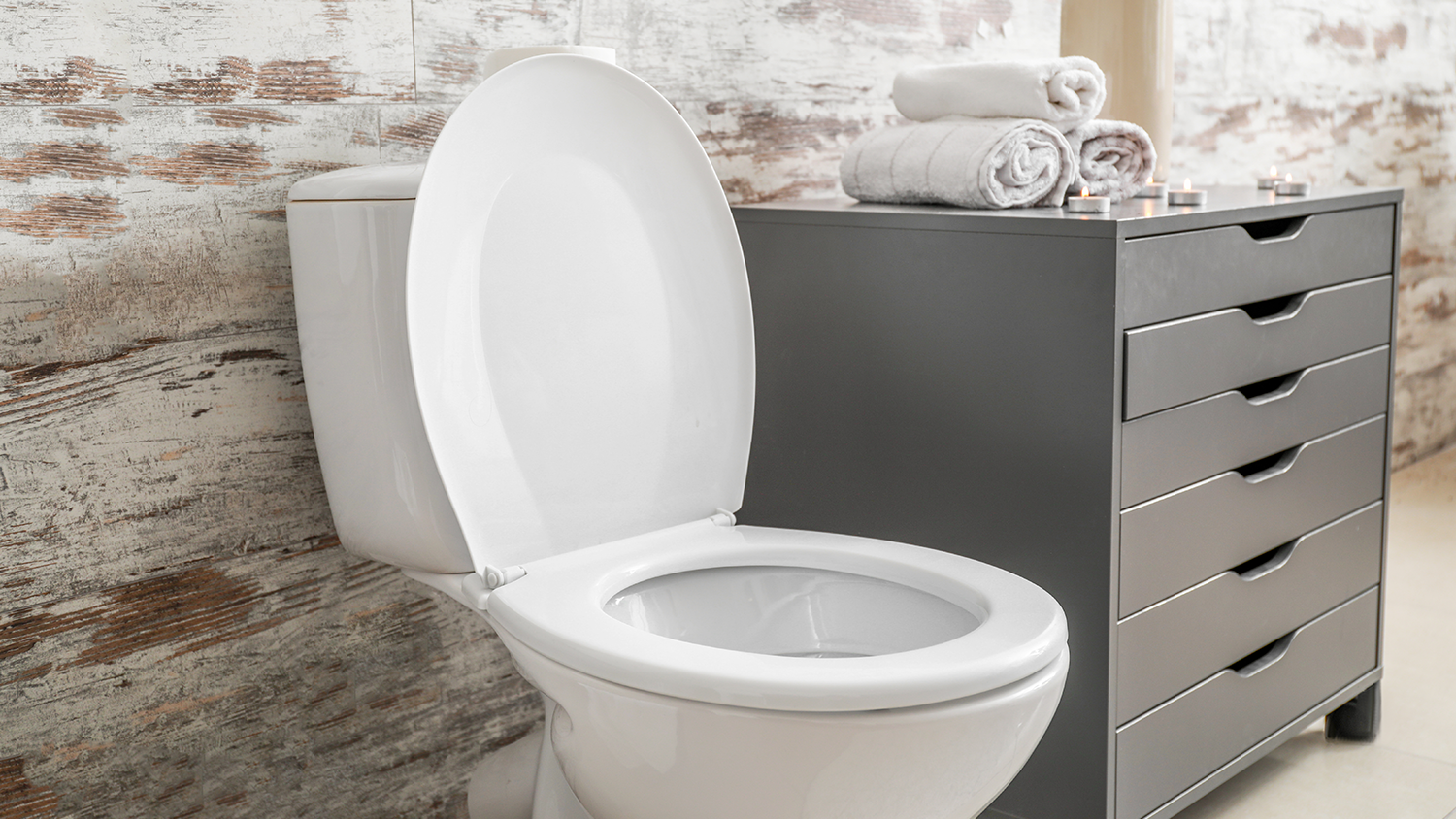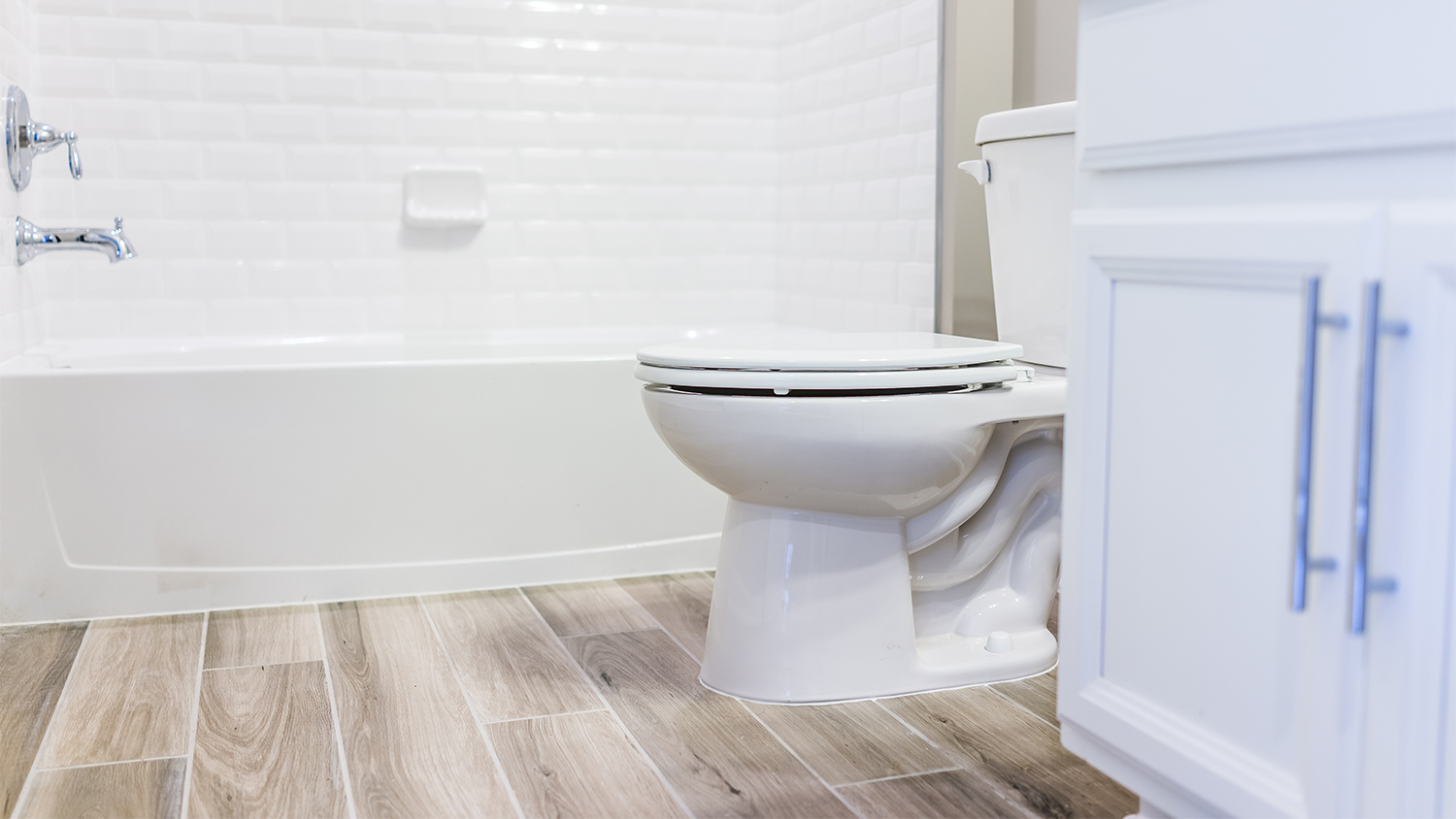
Need to know what sewer line replacement costs in Portland, OR? This guide will help you prepare to budget for sewer line replacement done by local contractors.
Septic tank inspections cost around $550 on average and fall between $200 and $900. Prices can fluctuate depending on the type of inspection needed.


Annual inspections often cost hundreds less than home sale or damage inspections.
Look for a company that bundles digging into the inspection, as digging can add $250 to your cost.
You should inspect your system every three years, or every year if it’s over 20 years old.
While tempting, never open your septic system yourself to attempt a DIY inspection.
A septic inspection costs $550 on average and ranges between $200 and $900. You could pay as little as $100 for a routine inspection of a small system sized for a 1,000-square-foot home or as much as $1,300 for a detailed inspection for a real estate transaction for a larger home.
There are a few key factors to consider in order to get an accurate estimate for your septic inspection cost.
There are several types of septic inspections, each serving a specific purpose. You’ll often see the lowest prices for routine annual inspections, while the highest costs are reserved for detailed inspections and camera inspections that you might need to schedule before purchasing a property.
| Annual Septic Inspection | Basic Septic Inspection | Detailed Septic Inspection | Camera Septic Inspection |
|---|---|---|---|
| Routine inspection | Every 3 years | Used in real estate sales | Used durning septic issues |
| Visual system check | Thorough examination | In-depth assessment | Checks tank interior |
| Average cost: $200–$250 | Average cost: $250–$400 | Average cost: $400–$700 | Average cost: $250–$900 |
As a repeat customer, I can say that Billy never fails to deliver great customer service at a great price. He is honest and knowledgeable. We had an issue with our sewage exit drain pipe after record rain. He diagnosed the problem and fixed it. After the hole was dug he also noticed what could be another issue and upon further uncovering, he was 100% correct. Our pipe was semi disconnected just a bit further down the line. Taking care of that problem too while the hole was open saved us money and headaches! Our system is up and running well and the price was more than fair. If you want an honest, knowledgeable contractor, hire Amos!
The time since your last septic inspection is another factor to consider. If you conduct inspections once every one to three years and use the same inspector each time, your professional will be able to keep track of changes and more easily determine if something unusual is a worsening problem. Knowledge of your system and its condition over time can speed up the inspection process, meaning labor costs could be lower.
The size of your septic tank and the depth at which it’s buried can also influence the inspection cost. Larger tanks require more time and effort to inspect thoroughly, resulting in higher labor fees. If the inspection company doesn’t include digging to uncover the tank in the cost of the inspection, this could add between $50 and $250 to the overall septic inspection cost, with higher prices often correlating to septic tanks that are buried deeper.
If you’re getting a septic inspection due to suspected problems with your septic system, you’ll probably need a detailed inspection or a camera inspection, which are more expensive than routine inspections. The extent of any issues discovered during the inspection can also lead to septic tank repair costs, which can be anywhere from $230 to $3,000 on top of the inspection fee. The exact price you’ll pay for the repair will depend on the type of issue you’re experiencing.
Septic tank lid repair: $150–$500
Septic baffle repair: $300–$900
Septic filter repair: $200–$300
Septic pump repair: $250–$1,000
Septic main line repair: $1,000–$4,200
Septic tank replacement: $500–$2,500
Septic system replacement: $3,000–$20,000
You can expect some of the highest costs if you have a septic system leak, as you’ll often have to pay cleanup fees to prevent contamination of the soil and groundwater. Prices can reach beyond $20,000 for the replacement of the old system and the fines.
Most of your septic system cost will go toward labor, and labor costs vary by location, often in relation to the local cost of living. You’ll see prices up to around 1.5 times higher in areas with a high cost of living.
| State | Septic Inspection Cost |
|---|---|
| California | $800 |
| Florida | $560 |
| Georgia | $500 |
| Illinois | $530 |
| Michigan | $510 |
| New York | $680 |
| North Carolina | $540 |
| Ohio | $520 |
| Pennsylvania | $520 |
| Texas | $510 |
According to the Environmental Protection Agency (EPA), you should get a septic inspection done every one to three years, and you should get your tank pumped every three to five years. An annual inspection is a good idea if any of the following apply to your home:
You added on to your home since your tank was installed and are putting more strain on your system
Your septic system is 20 or more years old
You’re experiencing issues with sewage backup
You use a garbage disposal
You notice sewage odors in your yard
Portions of your grass are unusually green or vibrant
Your tank is undersized for your home
You should also schedule a septic inspection if you haven’t had one in the last three years or if you’re purchasing a home with a septic system installed.

In addition to the primary inspection, there are several common add-on services that may be worth considering based on your type of septic system and situation.
Well inspection cost: $250–$550
Septic tank pumping cost: $290–$560
Septic tank jetting cost: $350–$600
Cost to replace septic filter: $230–$280
Septic system drain field repair cost: $1,000–$3,000
Septic system drain field replacement cost: $5,000–$12,000
While keeping an eye on your septic system to spot issues early is important, it's necessary to hire a certified septic inspection pro near you for an official inspection. The U.S. Environmental Protection Agency (EPA) recommends having a septic system inspected at least once every three years by a service professional.
This is why you should hire a pro to stay protected from health risks and legal liability:
DIY septic inspection exposes you to toxic waste and fumes.
Methane gas that leaks from septic systems can be fatal.
Failing to catch a septic system issue can result in the release of untreated sewage into your property and the surrounding neighborhood.
Inspection pros can test sludge and scum levels to determine if your system requires immediate pumping.
If pumping is needed, septic pros use specialized vacuums that attach to a truck to remove liquids and solids from your tank.
They also look for signs of leaks or cracks in your tank that could lead to serious problems if left unchecked.
While there's no replacement for scheduling a professional septic inspection, you can help to keep your system in top shape by:
Cleaning the septic filter at least once a year is recommended.
Be cautious about disposing of items such as paper goods, diapers, harsh chemicals, and grease down your drains and toilets.
Composting food whenever possible instead of relying solely on a garbage-disposal system.
Avoid parking any cars or heavy equipment on your drain field.
Though septic inspection costs are largely unavoidable, there are ways to minimize the financial impact of yours. Here are some ways to save money on this service.
Get multiple quotes: Shop around and get quotes from several reputable septic inspection companies to find the most competitive pricing.
Combine multiple inspections: If you require additional services, such as a well inspection or general home inspection, consider bundling them with your septic inspection to save on overall costs.
Combine with septic tank repairs: If your inspection reveals issues that require repairs or replacement, combining the inspection with repair work can be cost-effective in the long run.
Keep your septic system healthy: Regularly engaging in septic-safe practices and performing routine maintenance can prolong the life of your septic system and reduce the need for pricier inspections.
Carry out routine inspections: Scheduling a septic inspection once every one to three years may seem like a waste, but per-inspection costs will tend to be lower, and regular inspections will reduce the risk of unexpected major repairs or replacements.
Dig up any inspection records you have that can be useful for a septic inspector visiting your property for the first time.
Request a quote for inspection-only versus inspection and pumping services.
Have information about your septic system's design and size in gallons ready.
If your budget allows, consider enhancing your system's performance by adding septic-safe bacteria or yeast.
Home is the most important place on earth, which is why Angi has helped more than 150 million homeowners transform their houses into homes they adore. To help homeowners with their next project, Angi provides readers with the most accurate cost data and upholds strict editorial standards. We extensively research project costs to develop the pricing data you see, so you can make the best decisions for you and your home. We rely on reputable sources, including the U.S. Bureau of Labor Statistics, academic journals, market studies, and interviews with industry experts—all to ensure our prices reflect real-world projects.
Want to help us improve our cost data? Send us a recent project quote to [email protected]. Quotes and personal information will not be shared publicly.
From average costs to expert advice, get all the answers you need to get your job done.

Need to know what sewer line replacement costs in Portland, OR? This guide will help you prepare to budget for sewer line replacement done by local contractors.

How much does a septic system cost in Atlanta? Dig into cost factors, site prep, materials, and types of septic tanks before investing in this project.

A small septic tank system is ideal for spaces with minimal needs, such as a one-to-two-bedroom apartment or guest house. A small septic tank contains 750 or 1,000 gallons. We’ll cover everything that factors into your small septic system cost here.

Need to know what sewer line replacement costs in Denver, CO? This guide will help you prepare to budget for sewer line replacement done by local contractors.

Need to know what sewer line replacement costs in Phoenix, AZ? This guide will help you prepare to budget for sewer line replacement done by local contractors.

A mound septic system is similar to a traditional system, except the drain field is built into a mound and not hidden underneath your yard.